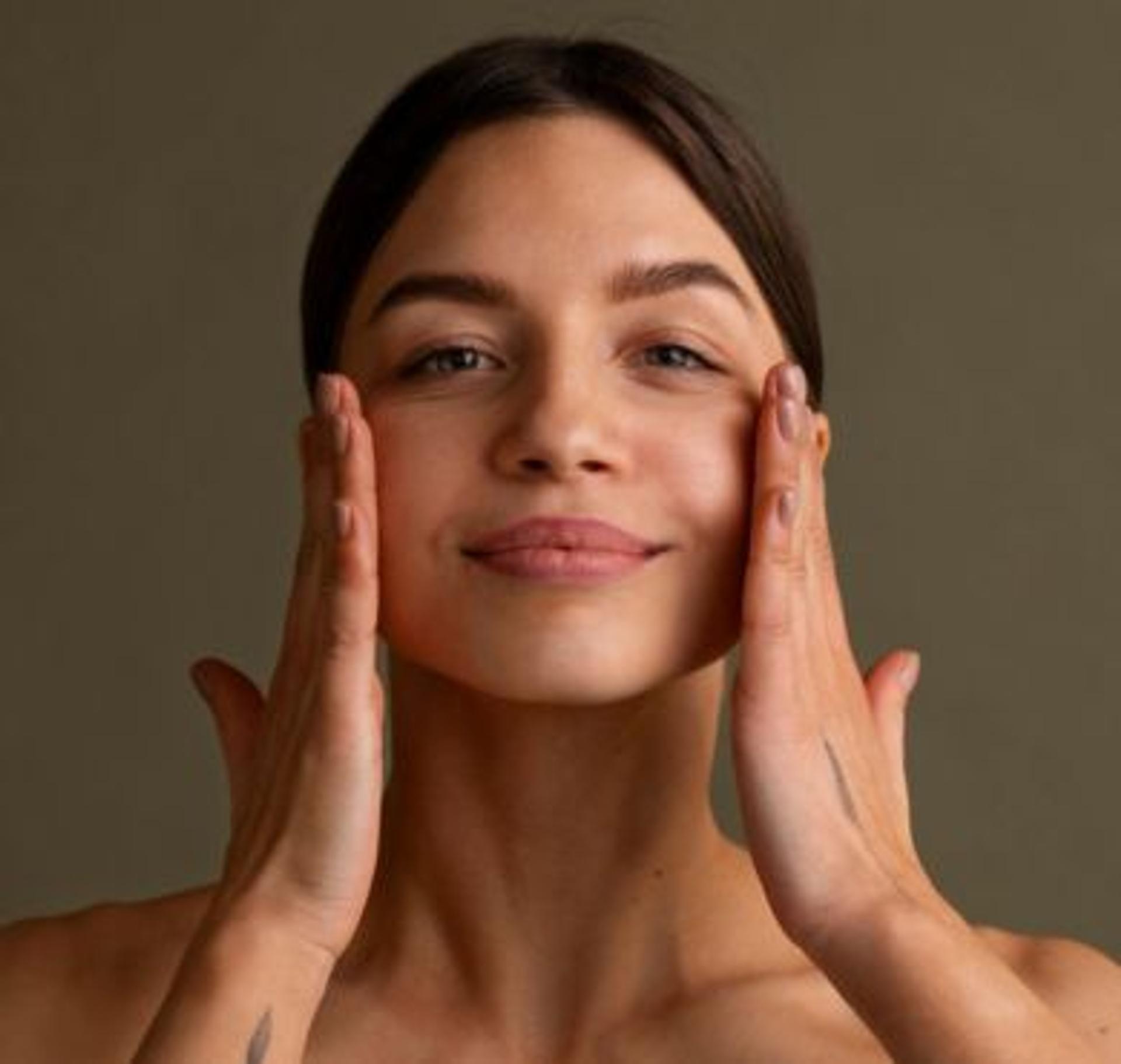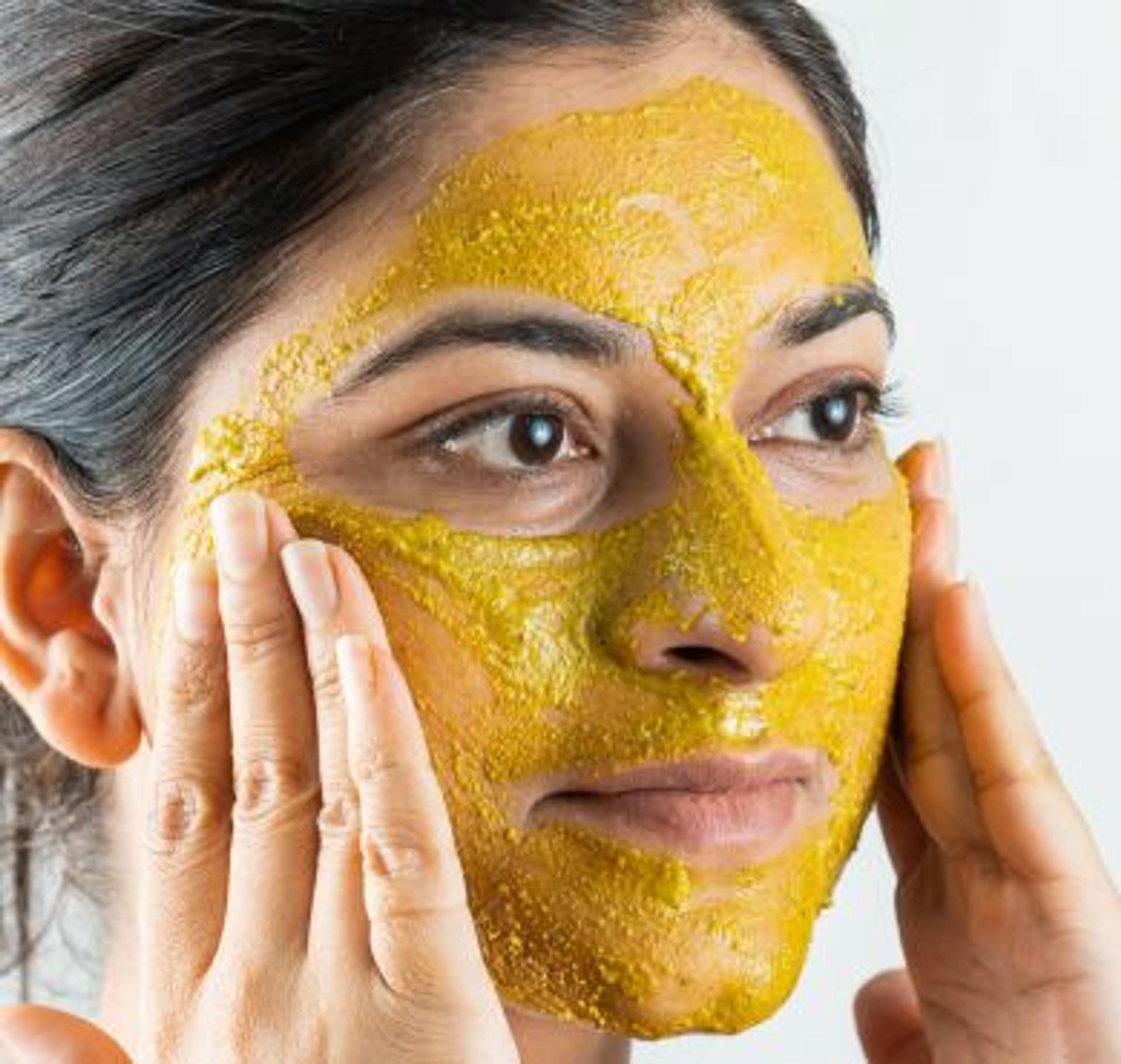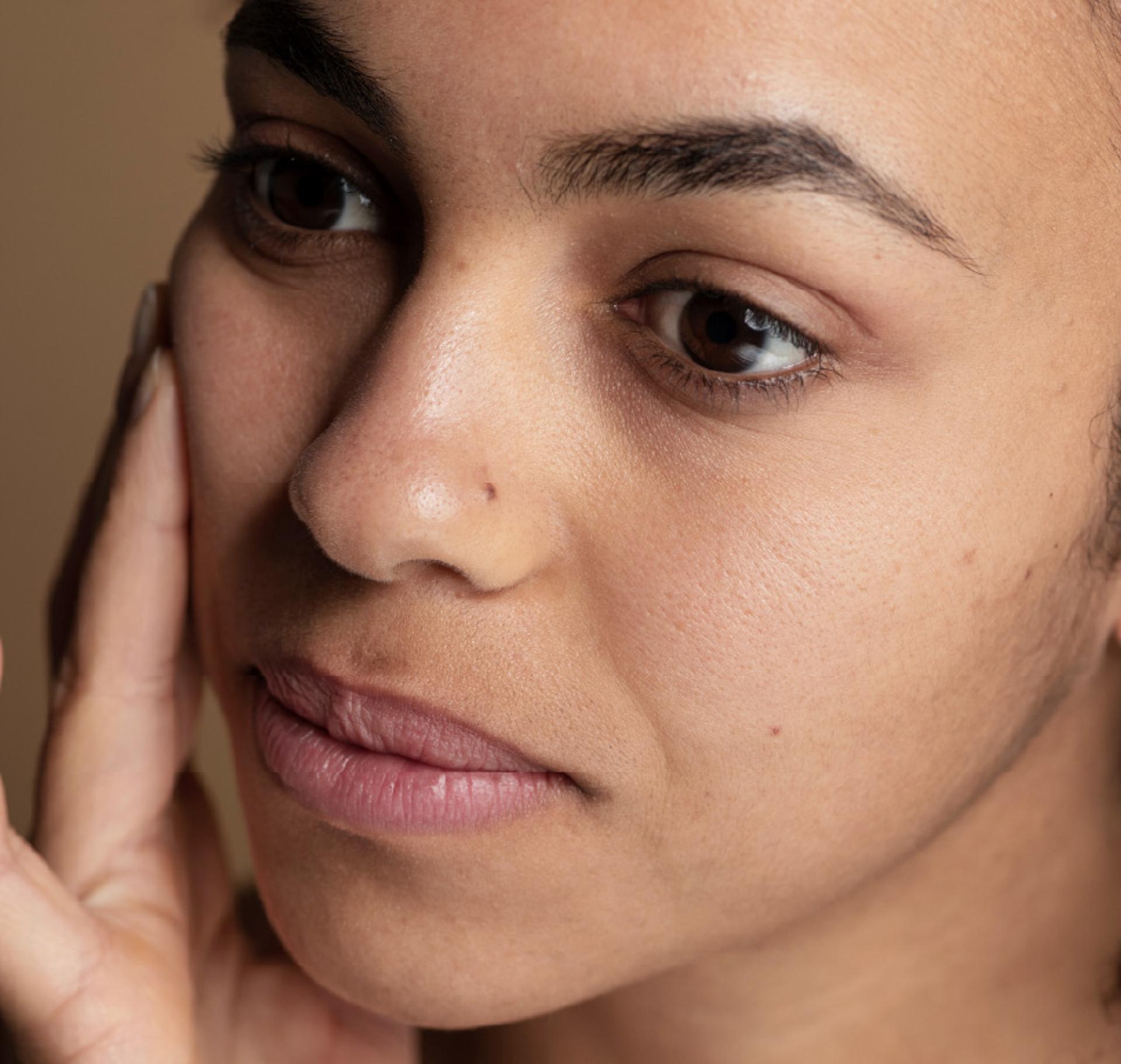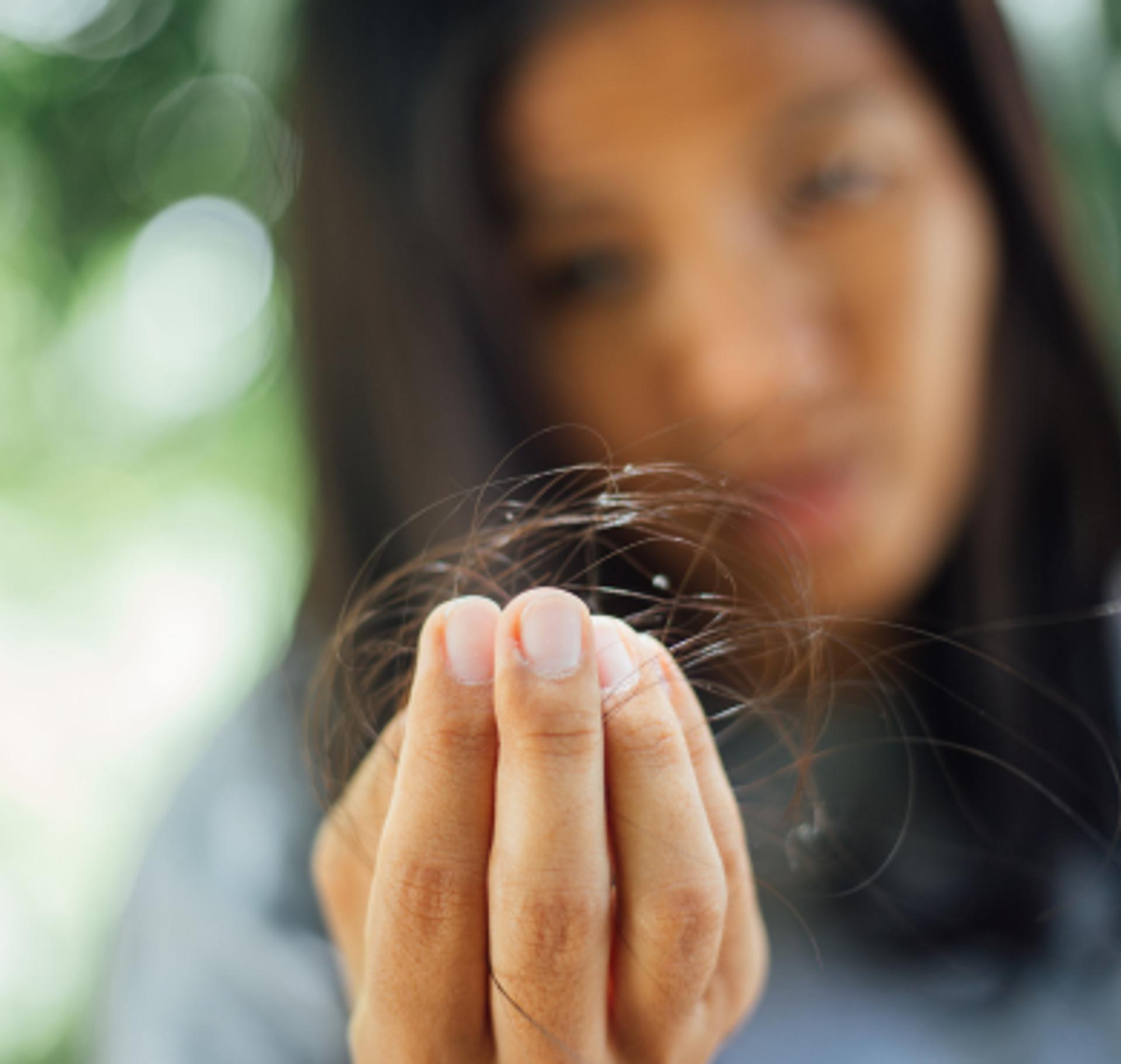
Hair Fall After Oiling
What’s Actually Going On?
By Nat Habit
You’ve just treated your scalp to a calming oil massage, imagining the nourishing benefits and luscious locks ahead — but then you notice more hair on your brush or in the shower drain. Cue the worry: Is oiling making your hair fall out? The short answer: probably not. Let’s unpack the biology behind this common concern, bust some myths, and understand what’s really happening beneath your scalp.
The Hair Growth Cycle and Natural Shedding
Setting the Stage
To grasp why hair fall after oiling is often normal, you need to understand the hair growth cycle — a tightly regulated process with distinct phases:
- Anagen (Growth Phase): Lasting 2–7 years, follicle cells actively divide and produce hair strands.
- Catagen (Transition Phase): About 2–3 weeks when follicle shrinks and growth stops.
- Telogen (Resting/Shedding Phase): Lasting 3–4 months, follicle is inactive and hair strand is loosely attached before naturally shedding (called exogen).
How Oiling Influences Hair Fall
The Biological Explanation
1. Loosening Telogen Hairs
When you apply oil and massage the scalp, you physically stimulate the follicles and surrounding skin. For hairs in the telogen phase, this stimulation can:
- Loosen the already weakened anchor of the hair shaft in the follicle.
- Facilitate shedding of hairs that were ‘ready to fall’ but still loosely clinging to the scalp.
This explains why hair fall might seem more noticeable after oiling — you’re helping your scalp naturally shed old hairs that would have fallen out anyway.
2. Enhanced Scalp Microenvironment
Oil isn’t just a lubricant; it influences the scalp environment:
- Natural oils or well-chosen hair oils can restore lipid layers on the scalp surface, strengthening the barrier function and protecting against dryness and irritation.
- Oils rich in antioxidants and anti-inflammatory compounds (like polyphenols in amla or flavonoids in bhringraj) reduce scalp inflammation, oxidative stress, and microbial imbalance—all common contributors to hair thinning and fall.
By improving scalp health, oiling can indirectly reduce pathological hair loss over time.
3. Hydration and Swelling Effects
Oils can cause hair shafts to absorb some moisture, making them slightly heavier and swell. This can:
- Increase the tension at the root, especially if combined with hair styling or washing, causing some strands to dislodge more easily.
- Help smooth the hair cuticle, reducing friction and breakage during combing.
Why More Hair Fall Doesn’t Mean Damage
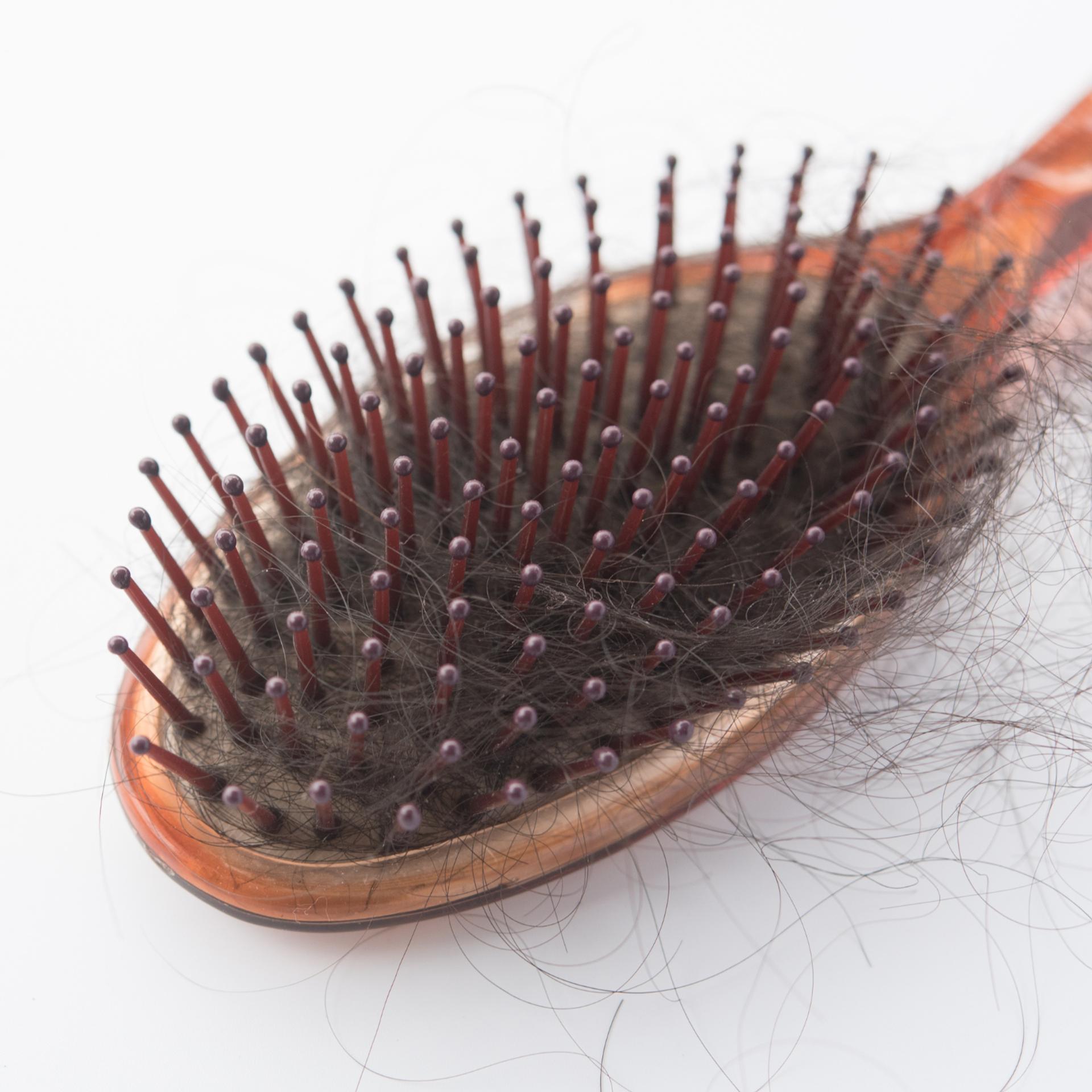
It’s important to differentiate shedding from hair breakage. Oiling promotes healthy hair structure:
When Should Hair Fall After Oiling Raise Concerns?
Excessive or sudden hair fall after oiling may indicate:
- Unsuitable Oil Type: Heavy mineral oils or synthetic blends can clog follicles or irritate sensitive scalps, exacerbating inflammation.
- Allergic Reactions: Some potent herbal extracts or additives might cause scalp dermatitis.
- Underlying Scalp Conditions: Fungal infections, seborrheic dermatitis, or hormonal imbalances might worsen hair fall and react poorly with oiling.
- Improper Washing: Not cleansing properly after oiling can lead to buildup, follicle blockage, and scalp issues.
Busting Hair Fall and Oiling Myths
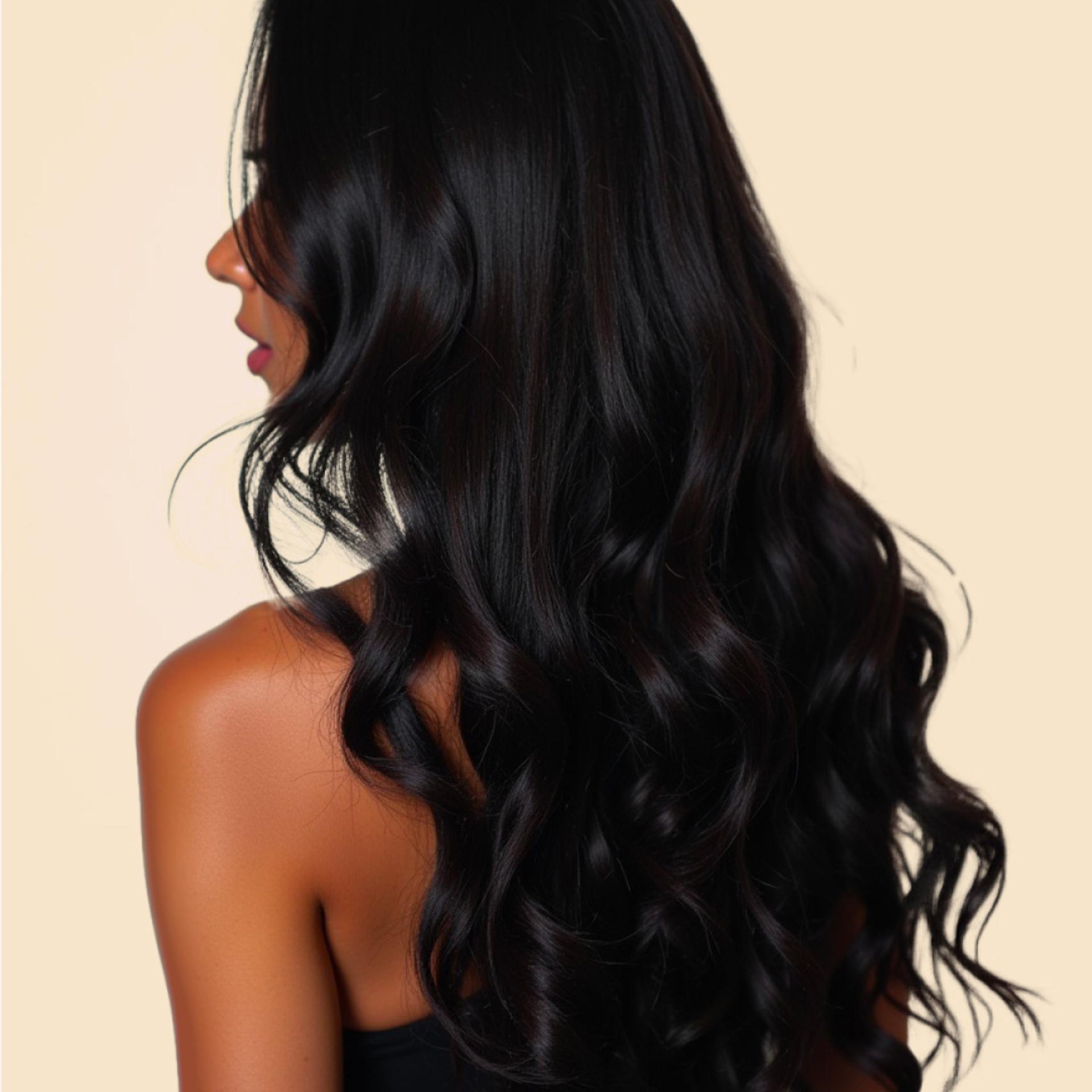
Myth: Oil clogs hair follicles and causes hair fall.
Truth: Healthy scalp pores don’t get clogged by natural oils if washed correctly; they are designed to secrete and manage sebum and other oils.
Myth: More oil means more nourishment and less hair fall.
Truth: Over-oiling can cause buildup, disrupt scalp microbiome, and lead to scalp problems that increase hair fall.
Myth: Hair fall immediately after oiling means the oil is harmful.
Truth:The hair fall is usually from normal shedding hairs being released due to massage, not damage caused by the oil.
Tips to Minimize Hair Fall While Oiling
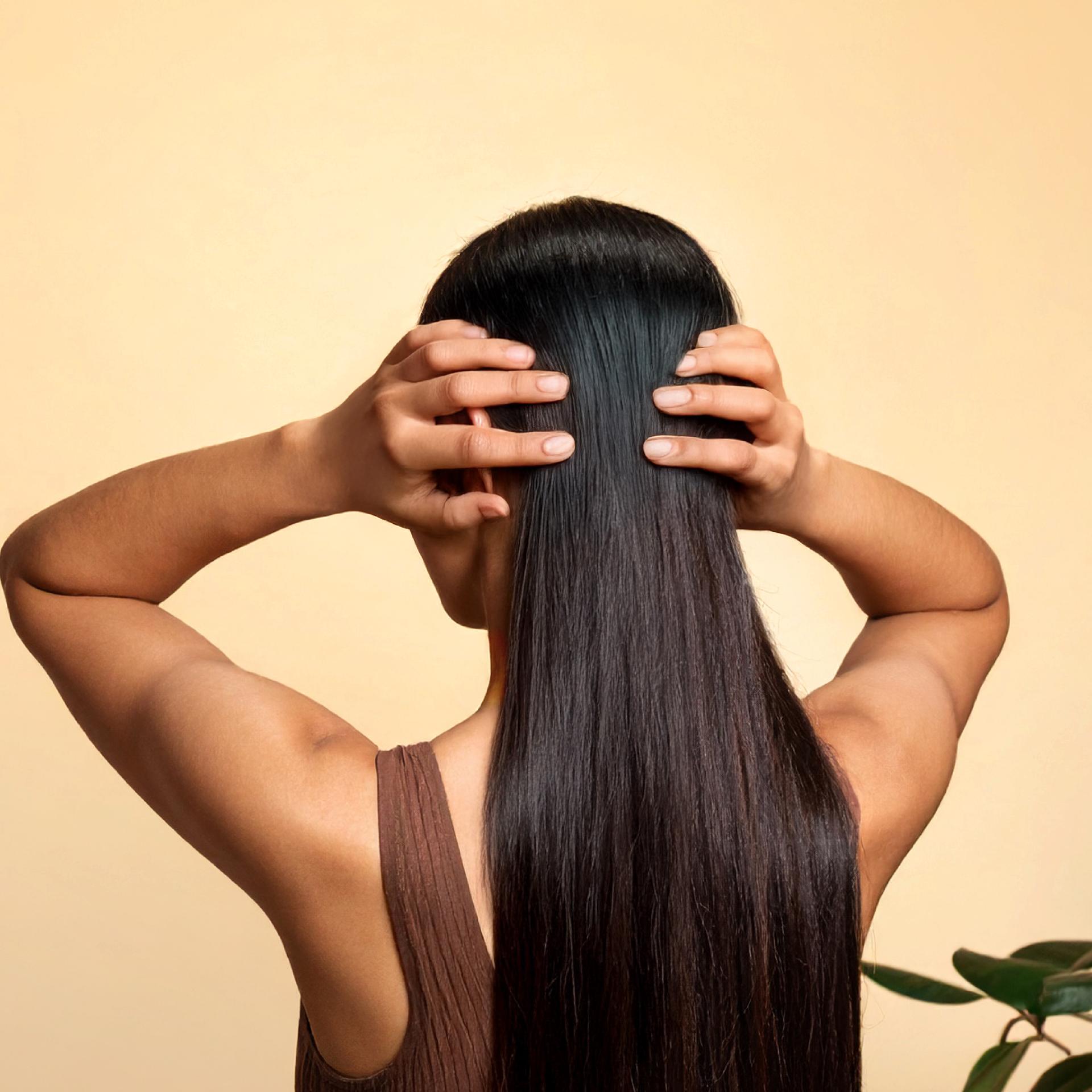
- Use light, non-comedogenic oils like coconut, jojoba, or specially formulated blends with herbal infusions.
- Warm the oil moderately before application to improve penetration but avoid overheating (above ~40°C) that damages oil nutrients.
- Massage with gentle, circular motions to boost blood flow without stressing hair roots.
- Avoid excessive oiling frequency; 1–2 times weekly is usually ideal.
- Follow up with a mild shampoo to remove excess oil and debris without stripping natural scalp oils.
Final Thought
Hair Fall After Oiling Is Often a Sign of a Healthy Reset
Rather than fearing hair fall after oiling, understand it as part of your scalp’s natural cycle — shedding old hairs to make room for new, stronger growth. Done right, oiling nourishes the scalp environment, reduces inflammation, and promotes hair follicle health — making it a powerful ally against long-term hair thinning and damage.
Learn more

